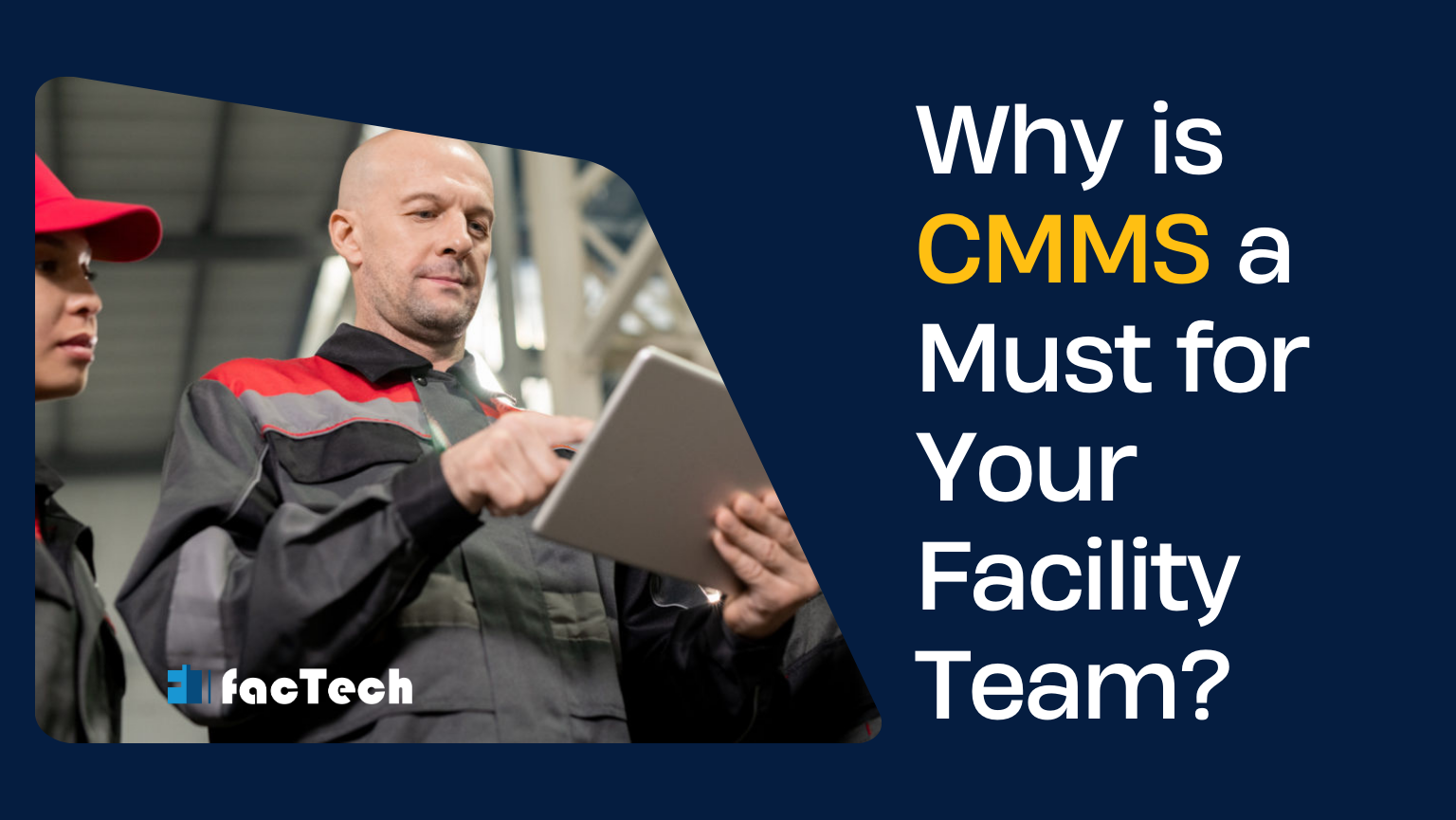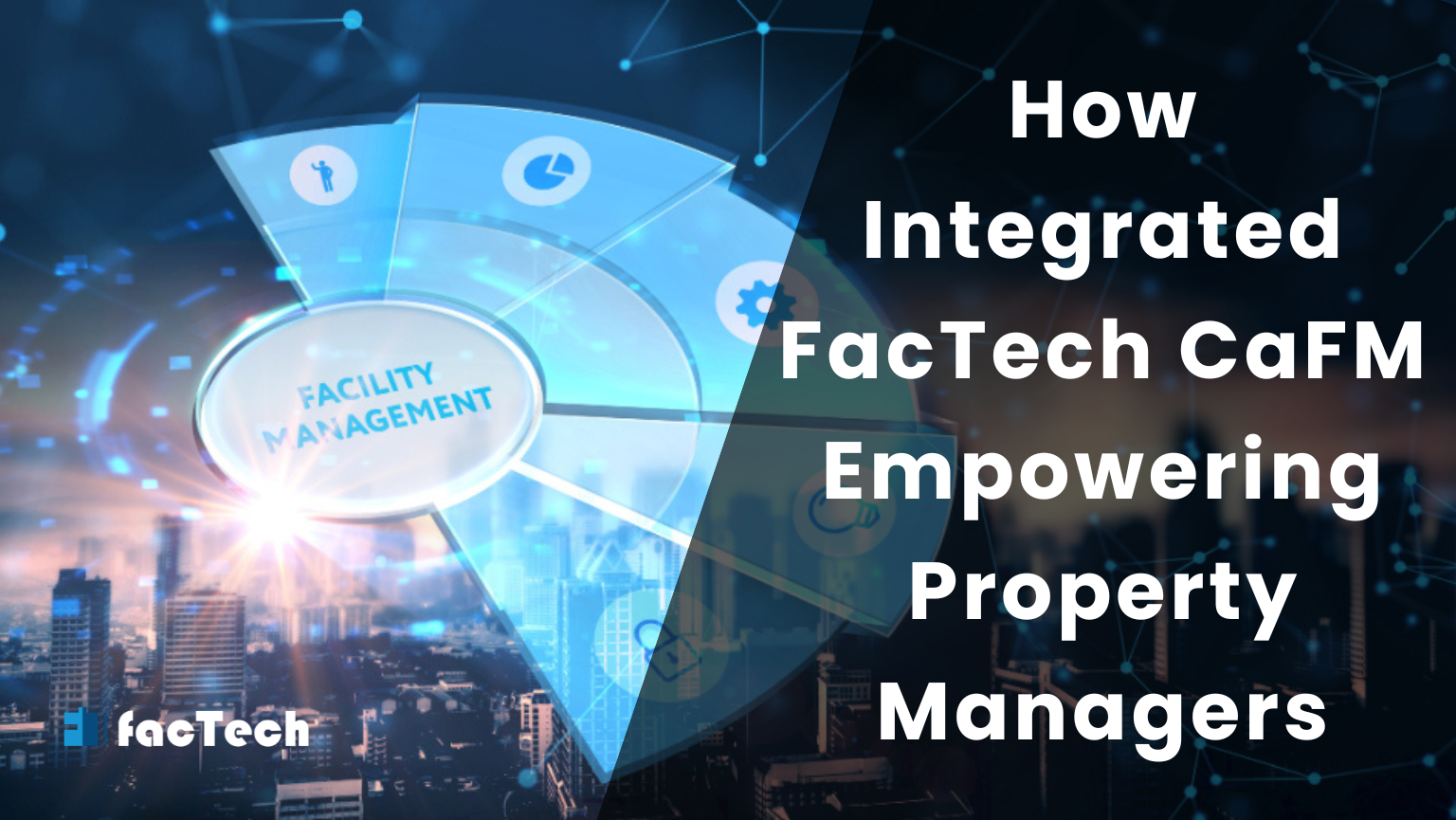Lease Management best practices
Lease Management best practices
Handling the intricacies of leasing agreements is a persistent obstacle for numerous enterprises. Good lease administration is essential for controlling renewals, keeping track of spending, guaranteeing compliance, and upholding positive connections with landlords. However, by taking a calculated risk, you can turn this maze into a well-functioning system.
The following essential best practices can help you step up your leasing management game:
Redirection and Digitization
Spreadsheets and physical leases in disarray might lead to lost data and missed deadlines. Install lease administration software to establish a single location for all lease information. This facilitates the sharing, retrieval, and storage of documents and makes leasing information easily available to all parties involved.
Clear and Consistent Communication is Essential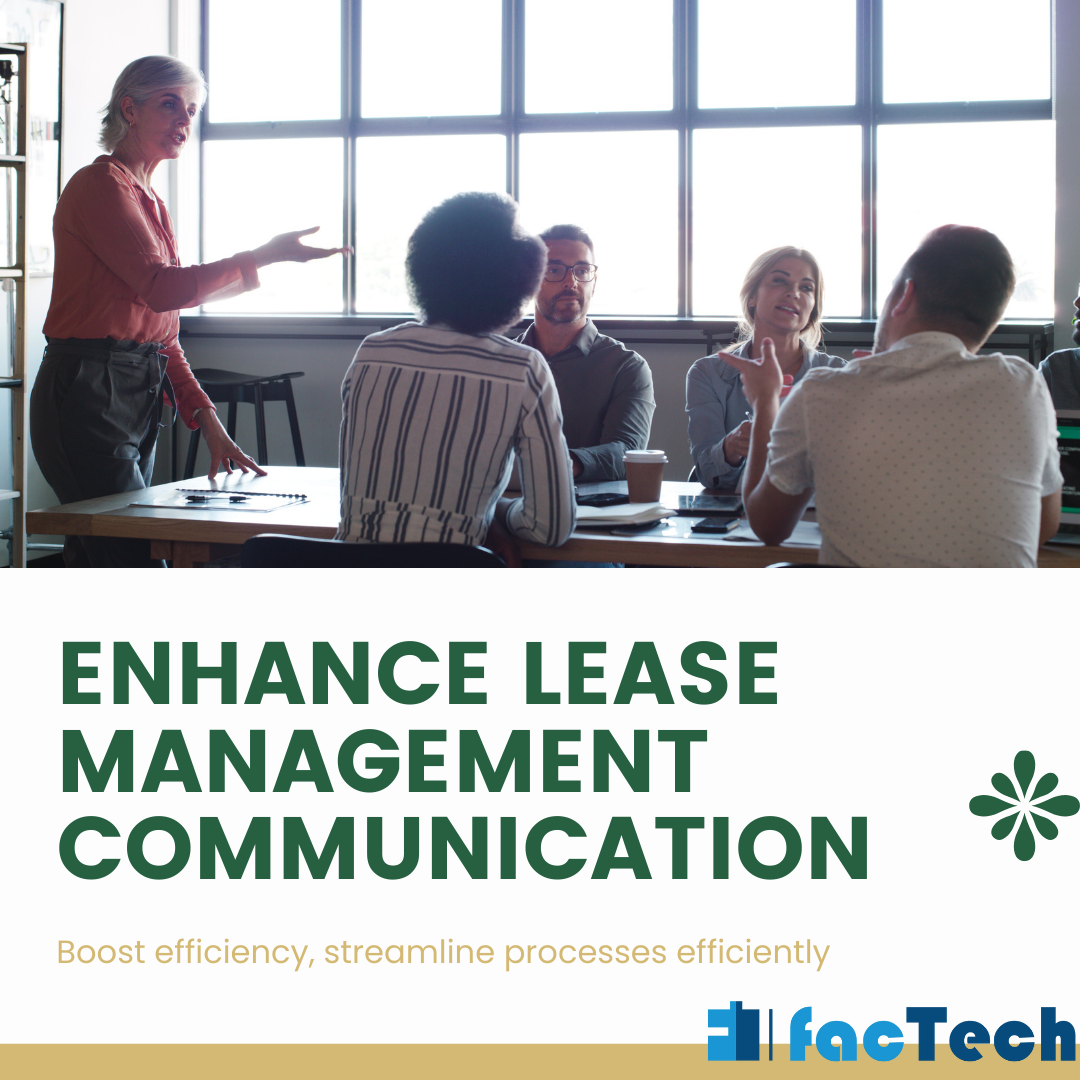
Make sure you communicate with landlords at all times over the term of the lease. Negative working relationships are avoided and positive working relationships are fostered via well-defined points of contact and established communication mechanisms.
The foundation of good property management is effective lease management. A key component of this accomplishment is constant and transparent communication. Poor communication is frequently the root cause of misunderstandings, disagreements, and legal problems. The best methods for managing leases will be examined in this essay, with an emphasis on communication.
The Value of Unambiguous Communication
Building Trust: Honest and transparent communication between landlords and tenants promotes trust. For relationships to remain positive, this is essential.
Avoiding Conflicts: Clearly stated terms and conditions of the lease lessen the possibility of miscommunications and conflicts.
Legal Compliance: Clear communication guarantees that all parties understand their legal obligations, limiting the danger of legal issues.
Enhancing Efficiency: Effective communication streamlines the lease management process, saving time and resources for both parties.
Optimal Techniques for Clear Interaction
1.Lease Agreement Comprehensive:
Speak in a clear, succinct manner. Steer clear of legalese that could mislead tenants.
Define each party’s rights and obligations in detail.
Provide thorough details regarding rent, maintenance obligations, late fees, security deposits, and due dates.
Give each party a copy of the leasing agreement.
2.Effective methods of Communication:
Select methods of communication (email, phone, online portal) that are convenient for both parties.
Provide prompt, courteous responses to questions.
To make a record, keep track of every correspondence.
3.Frequent Communication:
Stay in touch with tenants on a frequent basis, particularly during the lease period.
Give prompt updates on any changes to policies, rent hikes, or property upkeep.
Give renters a chance to voice their issues in order to promote open dialogue.
4.Unambiguous Expectations:
Clearly state what is expected in terms of rent payments,
Tenant conduct and property upkeep.
Send out written warnings or reminders as needed. When enforcing lease restrictions, be uniform.
5.Active Listening:
Pay attention to the renters’ comments.
Exhibit compassion and understanding.
To ensure precise understanding, take notes throughout discussions.
Making Use of Technology to Enhance Communication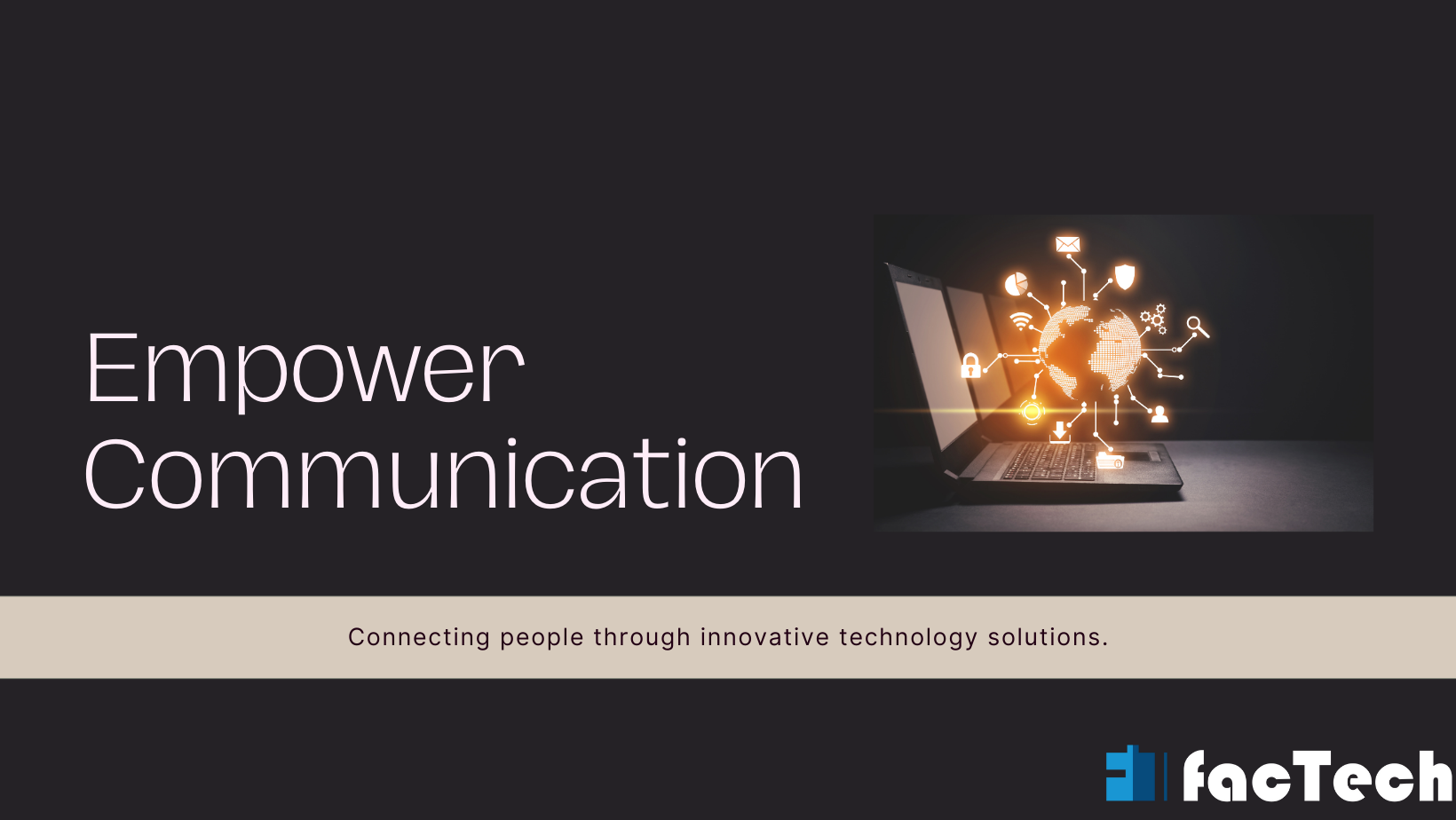
Technology has the potential to greatly improve communication in lease management. Think about utilizing:
Automated reminders: Send out automated reminders to tenants for rent due dates, lease renewals, and other important dates.
Online portals: Give tenants access to their lease agreement, payment history, and maintenance requests.
SMS and email communication: Make use of these platforms for prompt and effective communication.
Property managers may assure easy lease management, lower the likelihood of disputes, and build a friendly and productive relationship with renters by putting these best practices into effect. Good communication is the cornerstone of a profitable property management company.
Embrace Automation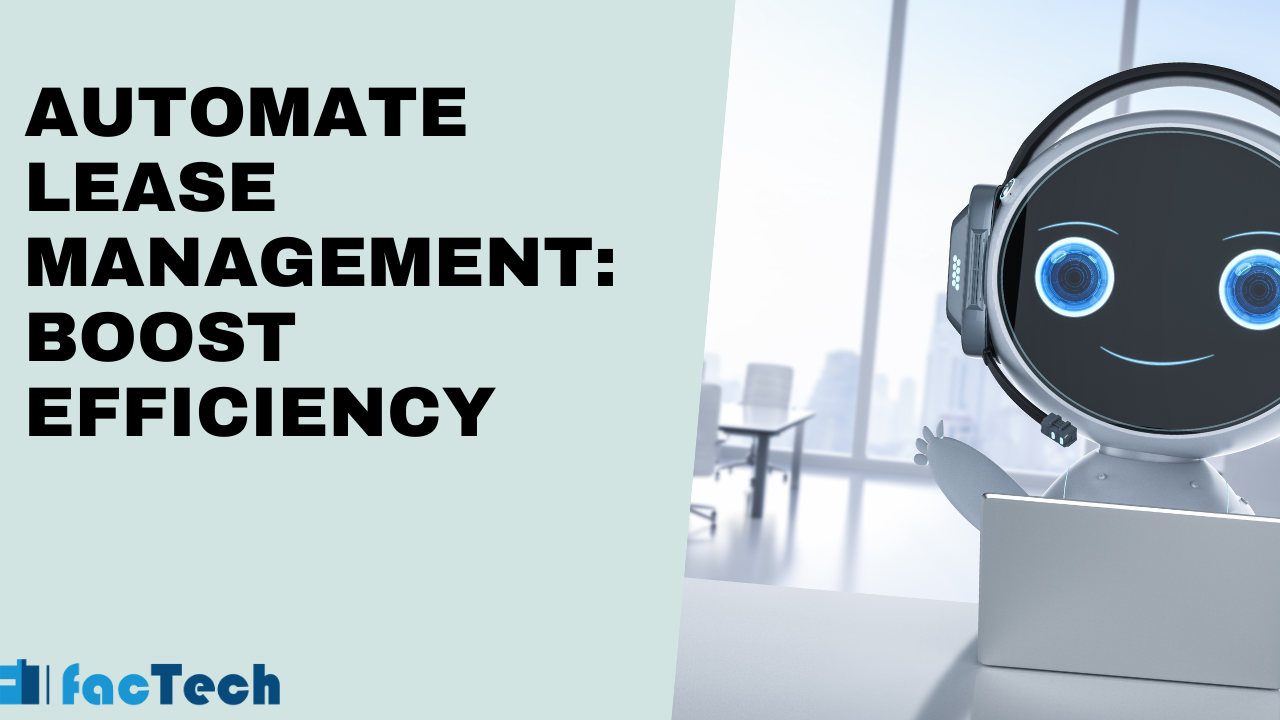
Use technology to automate time-consuming processes such as tracking expenses, calculating rent escalators, and notifying tenants when their leases expire. This frees up important time and funds for more advanced strategic planning.
The procedure of managing leases, which was before laborious and prone to errors, is being digitally transformed. Automation is completely changing how companies manage leases, from the first contract to the final renewal and termination. This is a comprehensive look at the best ways to use automation in lease administration.
Recognizing Automation’s Advantages
Prior to getting into certain procedures, it’s important to comprehend why automation is necessary:
Automating repetitive operations can increase efficiency and save time and resources. It can also improve accuracy by reducing human error and guaranteeing data integrity. Automation can also increase visibility by offering real-time insights into lease portfolios and assist in complying with complex lease conditions and laws. It reduces operating expenses by streamlining operations.
Primary Automation Domains: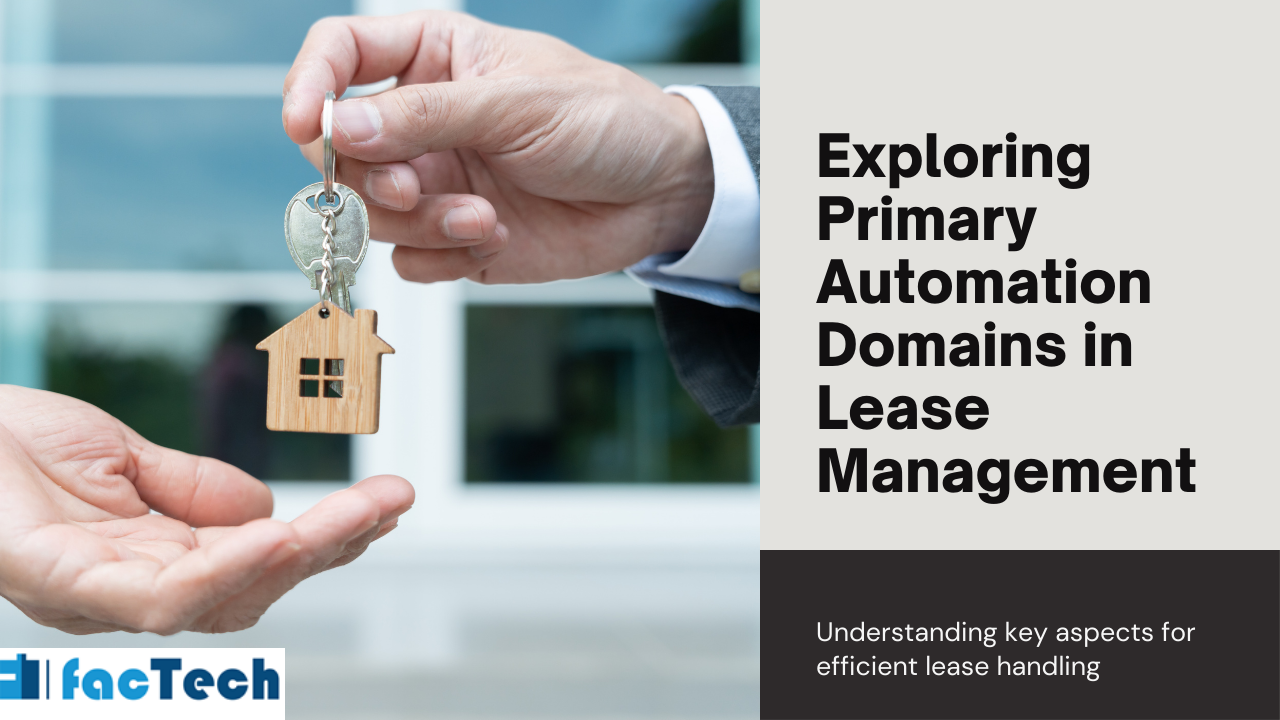
1.Lease Formation and Implementation:
Digital Templates: Utilize pre-approved lease templates to expedite the creation process.
Electronic Signatures: Streamline the lease signing process and minimize paperwork.
Automated Data Population: Incorporate data from other systems (finance, property management, etc.) into lease conditions.
2.Administration of Leases:
Automated Rent Calculations: Precisely compute rent by utilizing the terms of the lease and indexation.
Payment Processing: Coordinate with payment gateways to ensure smooth rent collection.
Automated Notices: Promptly send out reminders for rent payments, lease expirations, and other announcements.
Document Management: Safely and conveniently store lease documents.
3.Lease Analysis and Reporting: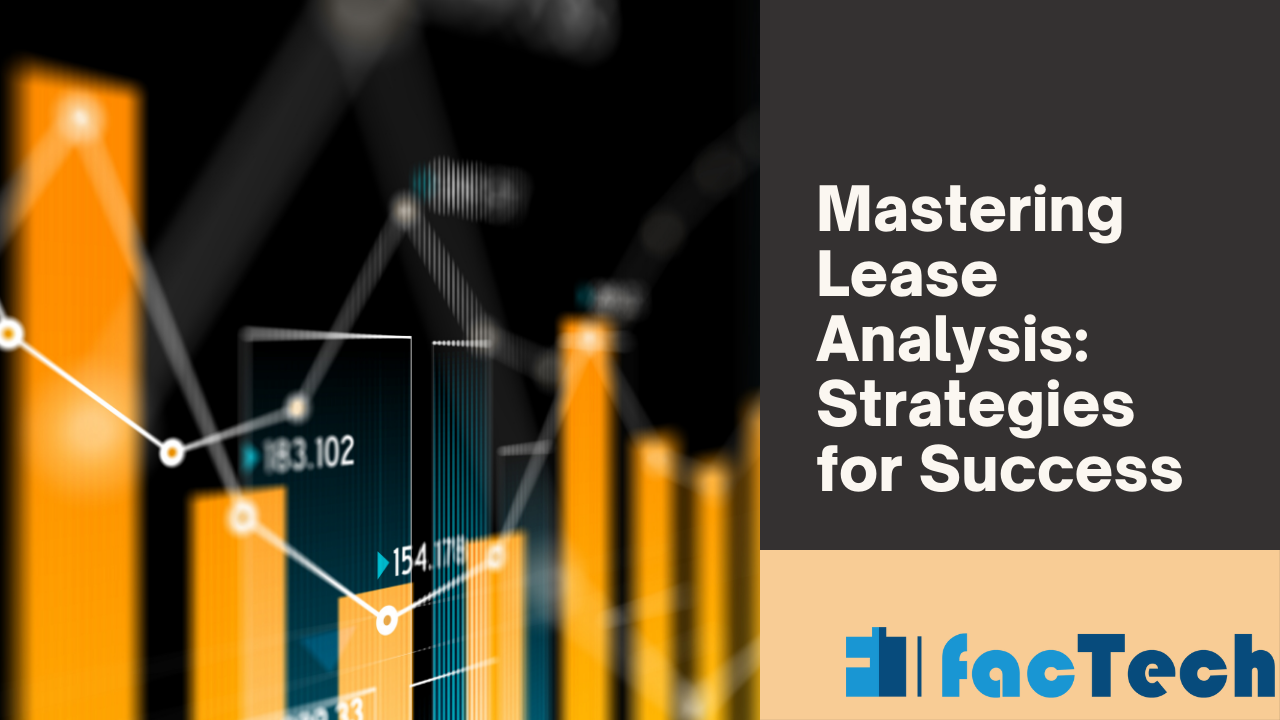
Automated Reporting: Produce detailed lease reports for management and stakeholders.
Real-time Analytics: Acquire insights into lease portfolios, occupancy rates, and financial performance.
Predictive Analytics: Recognize potential risks and opportunities.
4.Lease renewal and termination:
Automated Renewal Notices: Send renewal offers in a timely manner according to the conditions of the lease.
Lease Expiration Tracking: Keep track of the expiration dates of the lease and start the renewal or termination procedures.
Automated Lease Termination: Handle effective lease termination methods.
The following are best practices for successful automation:
Data Quality: Make sure that all lease data is complete and accurate for efficient automation.
System Integration: Connect lease management software with other systems (like accounting and property management).
Important Things to Think About When Selecting a Lease Management System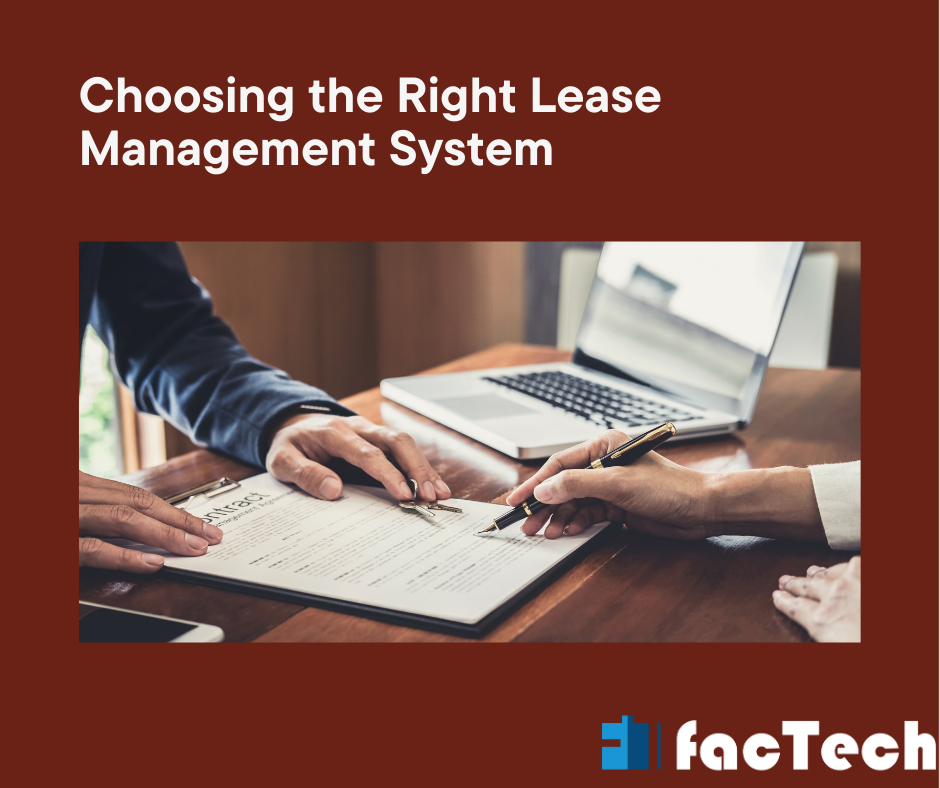
Take the following factors into account while choosing a leasing management software:
Scalability: As your leasing portfolio grows, the system should be able to handle it.
User-Friendliness: The interface should be simple to use for users at all skill levels.
Integration Capabilities: Ensure smooth integration with other systems.
Flexibility: It should be flexible enough to adjust to changing company demands and lease structures.
Safety: Strong security measures are necessary to safeguard private leasing information.
Through adherence to these optimal methodologies and utilization of automation, enterprises can substantially enhance the efficacy of lease administration, mitigate inaccuracies, and acquire crucial perspectives to refine their real estate holdings.
Improve Your Prediction
Avoid being taken aback. To create reports that shed light on prospective liabilities and future lease obligations, use lease management software. You can use this insight to make well-informed decisions on relocations, expansions, and lease renewals.
Achievement Points
Keep abreast of the changes to lease accounting requirements, such as IFRS 16 and FASB ASC 842. By ensuring that your lease accounting procedures are compliant, lease management software helps reduce the possibility of fines and reputational harm.
Create Connections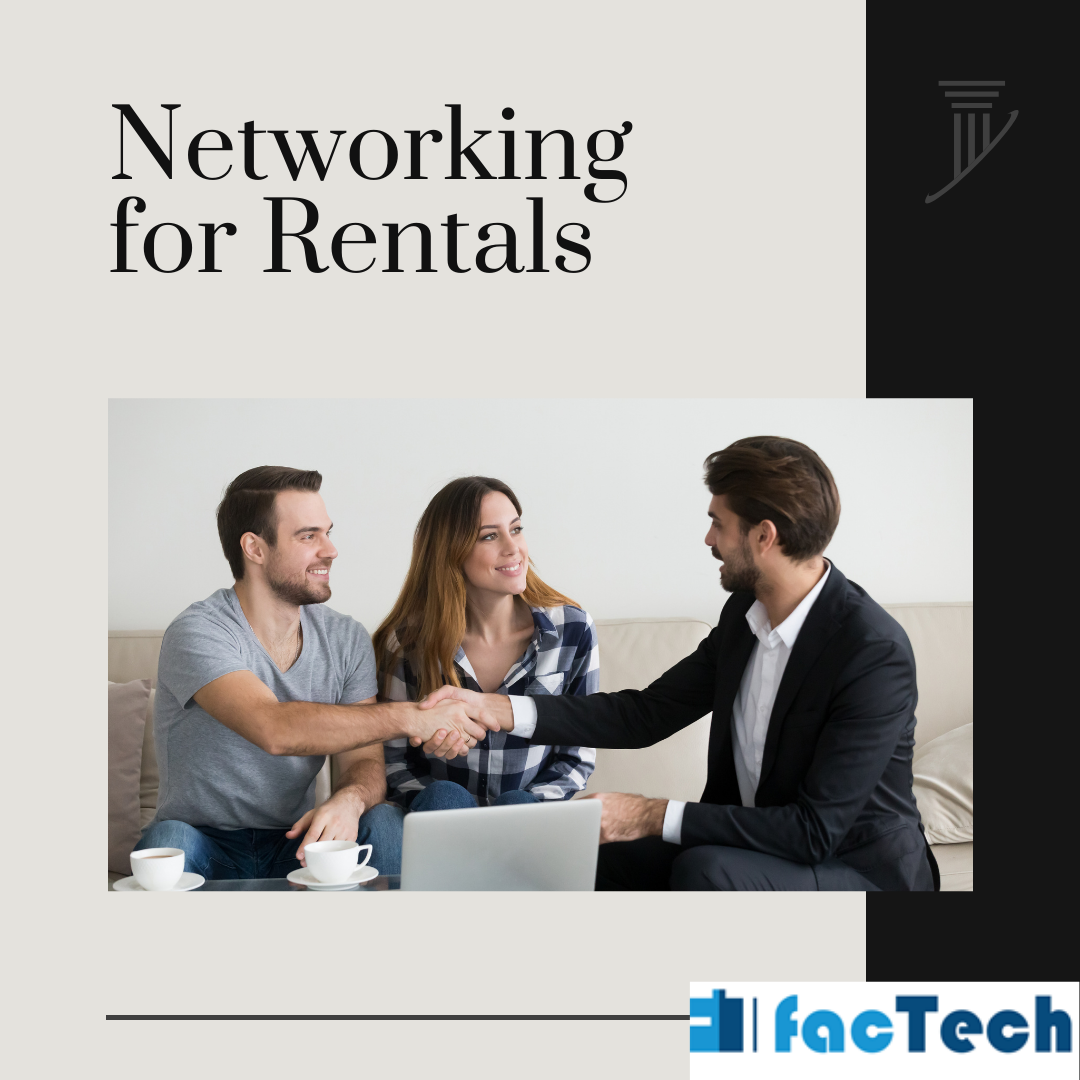
Recall that a there are two sides to a lease. Build a good rapport with your landlord by being proactive in your communication, taking care of problems quickly, and adhering to the conditions of your lease. Future negotiations may be more fruitful as a result of this goodwill.
You can change your lease management from a reactive jumble to a planned, proactive approach by putting these best practices into practice. This gives you the power to maintain compliance, minimize expenses, and make wise decisions—all the while strengthening your bonds with your landlords.
To Sum Up
Unlocking strategic advantages is at the heart of effective lease management, not merely managing paperwork. You may transform your leases from liabilities into chances for expansion and success by putting an emphasis on automation, organization, and transparent communication.
FAQs
Q: In a lease database, what is the most important data to include?
A: Important terms include the start and end dates of the lease, the rent, possibilities for renewal, termination clauses, and any conditions pertaining to contingent rent.
Q: How frequently ought lease data to be revised?
A: Frequently, at least once a year, and right away in the event that a lease is modified.
Q: What are the advantages of leasing data centralization?
A: Higher compliance, improved decision-making, increased visibility, and lower risk.
Q: What should a leasing agreement contain as a minimum?
A: Sublease permits, termination clauses, renewal choices, rent escalation terms, and dispute resolution procedures.
Q: What are some ways to structure lease terms to maximize cash flow?
A: Take into account step-up rents, rent holidays, and rent deferrals.
Q: What are the most important things to think about when negotiating a lease?
A: Economic outlook, property location, market conditions, and criteria for tenants.
Q: How can one guarantee lease compliance?
A: Use lease management software, conduct routine lease audits, and keep up of pertinent rules and regulations.
Q: What are typical hazards associated with leasing?
A: Environmental liabilities, early termination, nonpayment of rent, and default.
Q: How can the risks associated with leasing be reduced?
A: By means of careful due diligence, insurance protection, and efficient lease management.
Q: For leasing performance, what are the most important KPIs to monitor?
A: Rates of occupancy, rent costs, expiration and renewal of leases.
Q: How can strategic decision-making employ leasing data?
A: By examining lease portfolios to find areas for cost reduction, maximize real estate usage, and evaluate financial effects.



